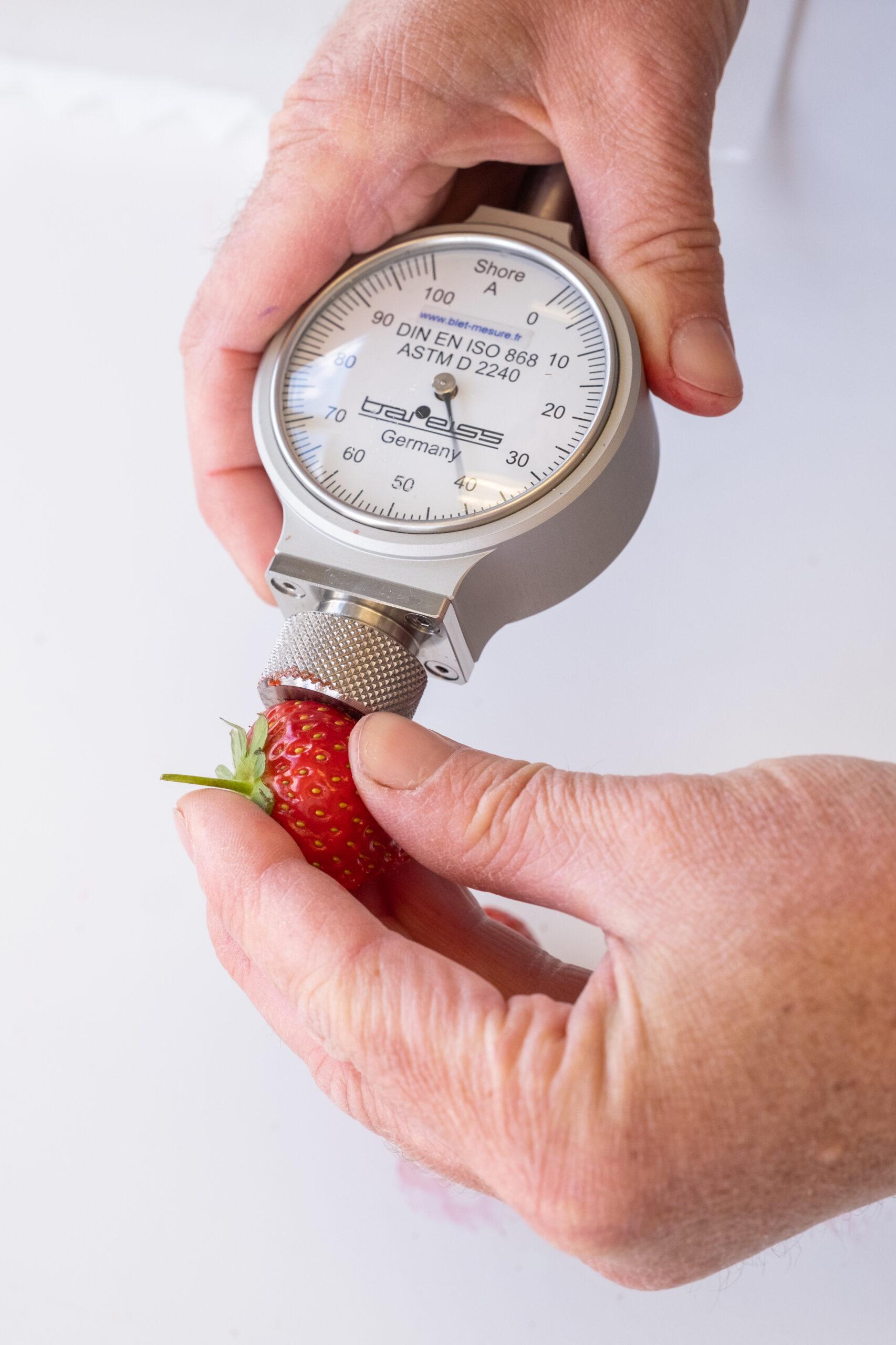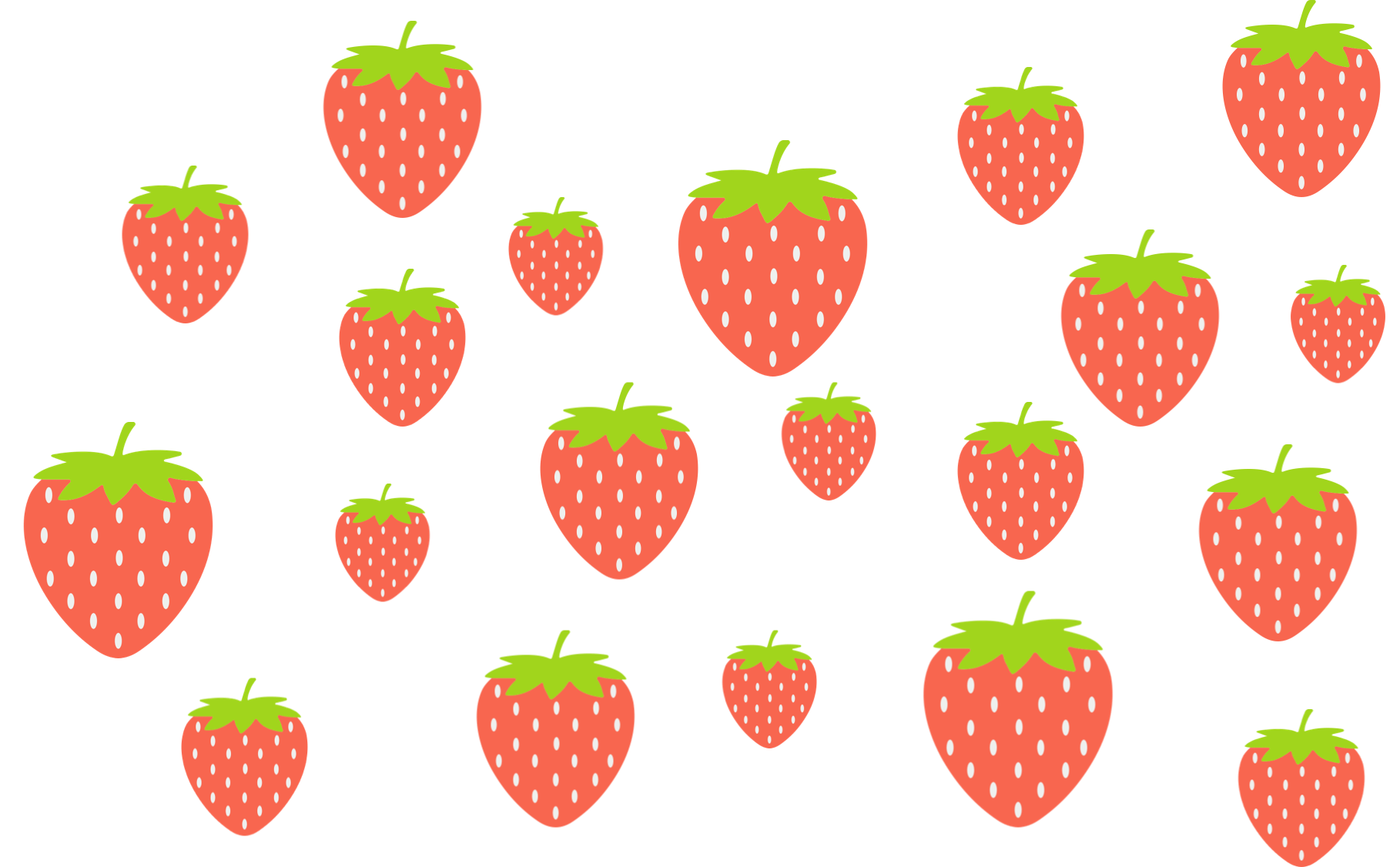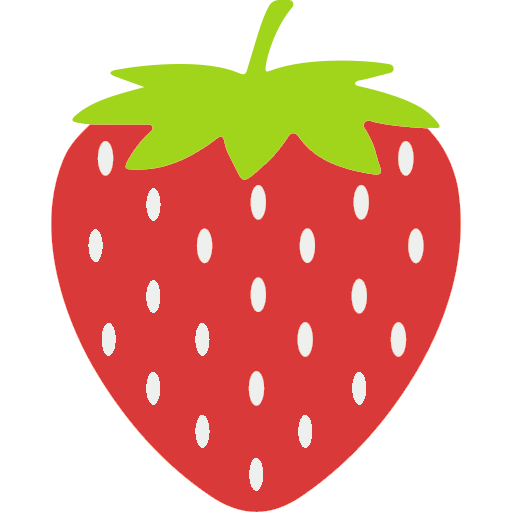Our business: Research and varietal innovation.
Our expertise: berries
An evolving business context
Today's agricultural world is not the same as it was yesterday.
The dominant economic issues are challenged by new environmental issues, which rebalance the balance of power between productivity and respect for the environment. This pushes us to revisit our research objectives and to set up adequate selection programs.
Our position
To meet these new challenges, we have surrounded ourselves with a team of experts in plant sciences: genetics, agronomy, variety creation, plant pathology and cell biology.
We also invest in high-performance tools and infrastructures, such as greenhouses equipped with the latest innovations in climate management, cell biology laboratories to support traditional breeding, and in-vitro cultivation.
We are convinced that these technical means coupled with our passion for plants will enable us to create the preferred varieties of tomorrow.
It is also through the interaction of fundamental research, applied research, the know-how of the producers, the group's teams (lawyers, sales representatives, technicians, variety developers), and by actively listening to distributors and consumers that we will succeed.

We choose to innovate
Our ideotypes combine agronomic and taste criteria. We attach the greatest importance to meet the needs of tomorrow's agriculture (sanitary issues, access to water, regulations in particular) and the aspirations of the consumer (organoleptic qualities and shelf life).
More resistant to diseases
Adapted to different production tools
Adapted to different climatic zones
We choose to innovate
Our ideotypes combine agronomic and taste criteria. We attach the greatest importance to meet the needs of tomorrow's agriculture (sanitary issues, access to water, regulations in particular) and the aspirations of the consumer (organoleptic qualities and shelf life).
More resistant to diseases
Adapted to different production tools
Adapted to different climatic zones
10,000 hybrids


5/7 years
selection

< 5 selected varieties
Varietal creation at Marionnet Label
The time needed to select a new variety varies between 8 and 10 years.
- Choice of traits to be combined from our unique gene pool and property of Marionnet Label.
- Performing a single hybridization/crossing and observing the resulting progeny (or hybrids).
- Strict selection and purification, maintaining only 5% of hybrids / combinations.
- Evaluation over several years (about 5 years) of the combinations selected in different phenotypic observations.
- Optimization of the multiplication and the cultural management of the few selected varieties.
- Varietal launch.
Each year, several thousands of hybrids are observed, so that at the end of the selection cycle a variety is selected.
The selection at Marionnet Label
The time needed to select a new variety varies between 8 and 10 years.
- Choice of traits to be combined from our unique gene pool and property of Marionnet Label.
- Performing a single hybridization/crossing and observing the resulting progeny (or hybrids).
- Strict selection and purification, maintaining only 5% of hybrids / combinations.
- Evaluation over several years (about 5 years) of the combinations selected in different phenotypic observations.
- Optimization of the multiplication and the cultural management of the few selected varieties.
- Varietal launch.
Each year, several thousands of hybrids are observed, so that at the end of the selection cycle a variety is selected.
10,000 hybrids

5/7 years of selection


